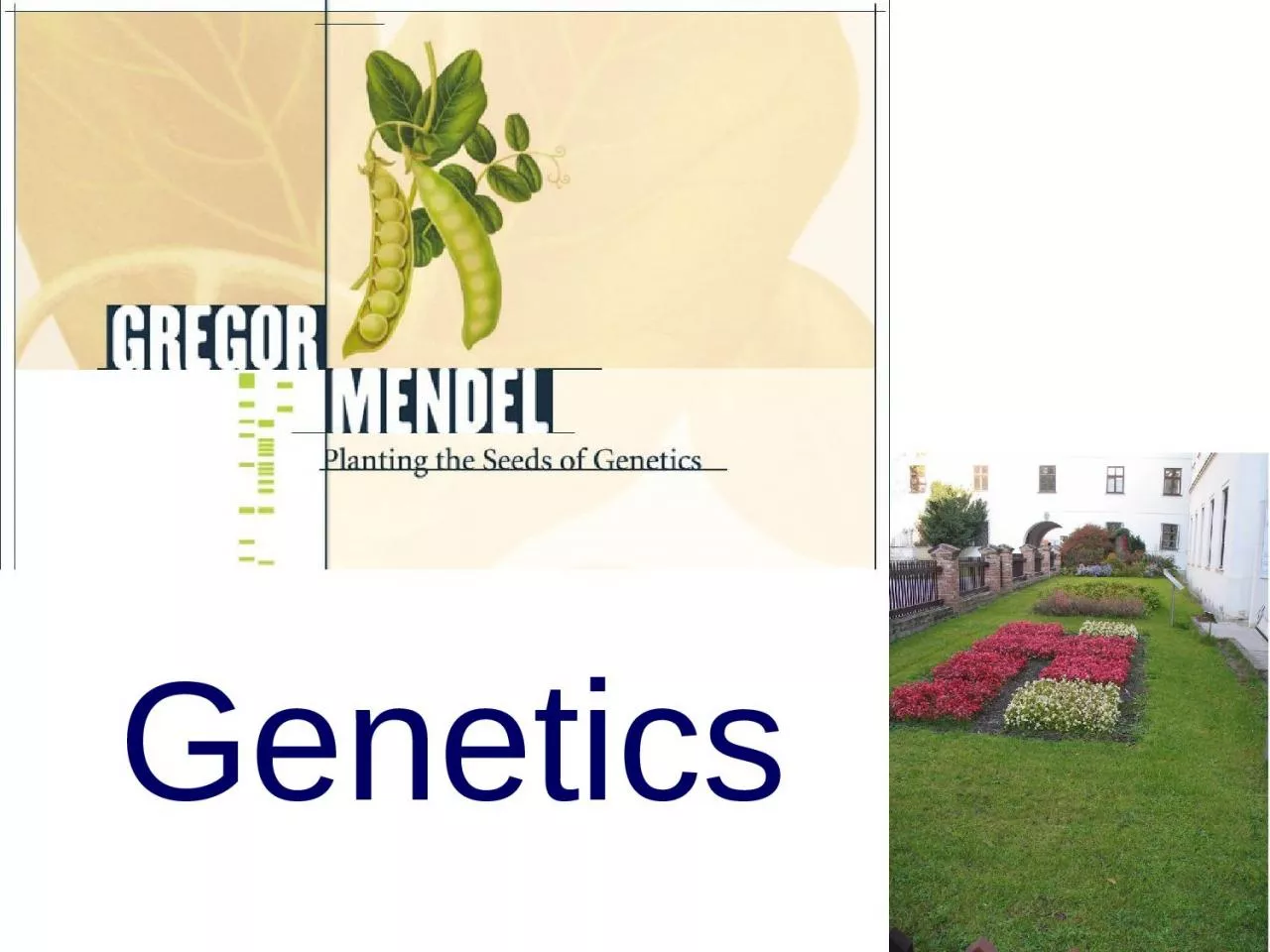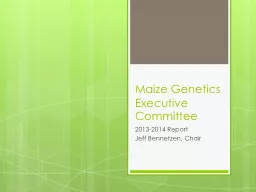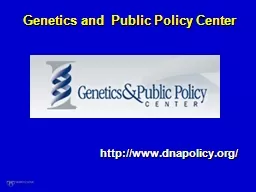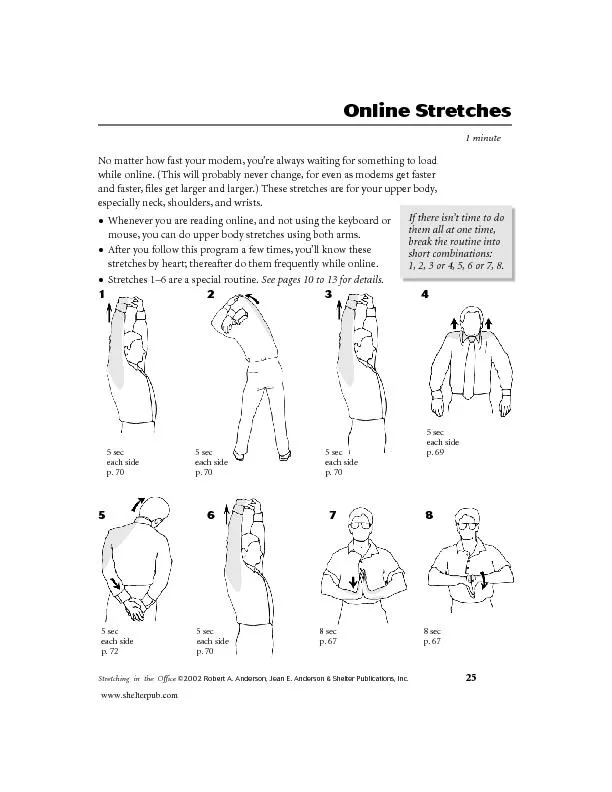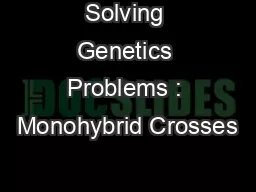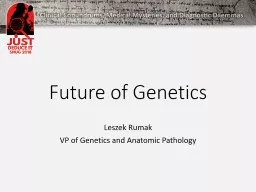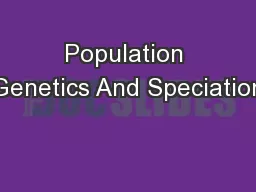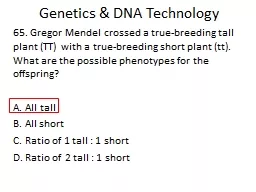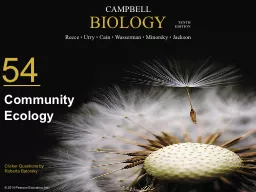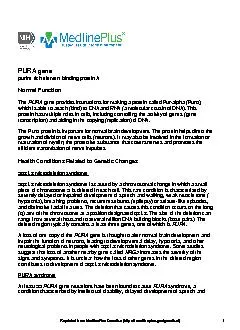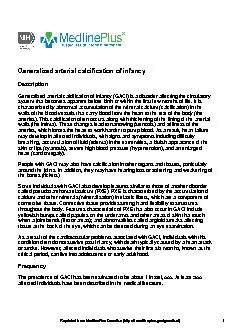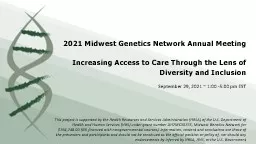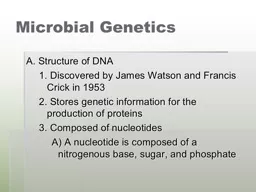PPT-Genetics What makes each species unique?
Author : SultrySiren | Published Date : 2022-07-28
Heredity The passing of genetic traits from parent to offspring The scientific study of heredity is known as genetics The History Until the nineteenth century
Presentation Embed Code
Download Presentation
Download Presentation The PPT/PDF document "Genetics What makes each species unique?" is the property of its rightful owner. Permission is granted to download and print the materials on this website for personal, non-commercial use only, and to display it on your personal computer provided you do not modify the materials and that you retain all copyright notices contained in the materials. By downloading content from our website, you accept the terms of this agreement.
Genetics What makes each species unique?: Transcript
Download Rules Of Document
"Genetics What makes each species unique?"The content belongs to its owner. You may download and print it for personal use, without modification, and keep all copyright notices. By downloading, you agree to these terms.
Related Documents

